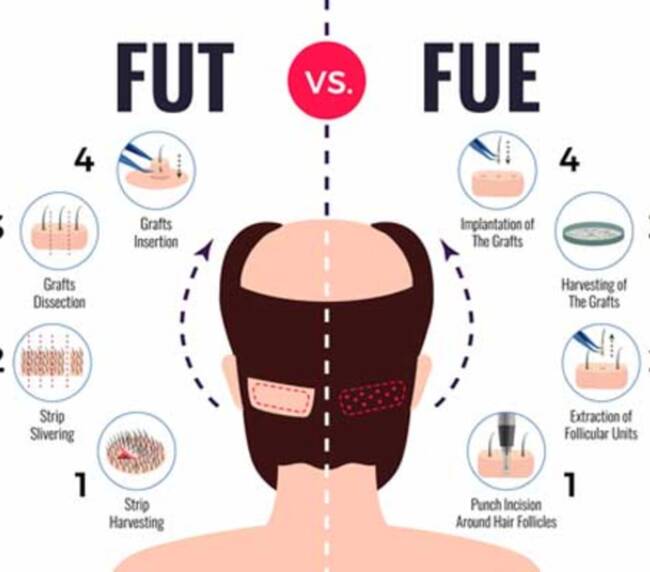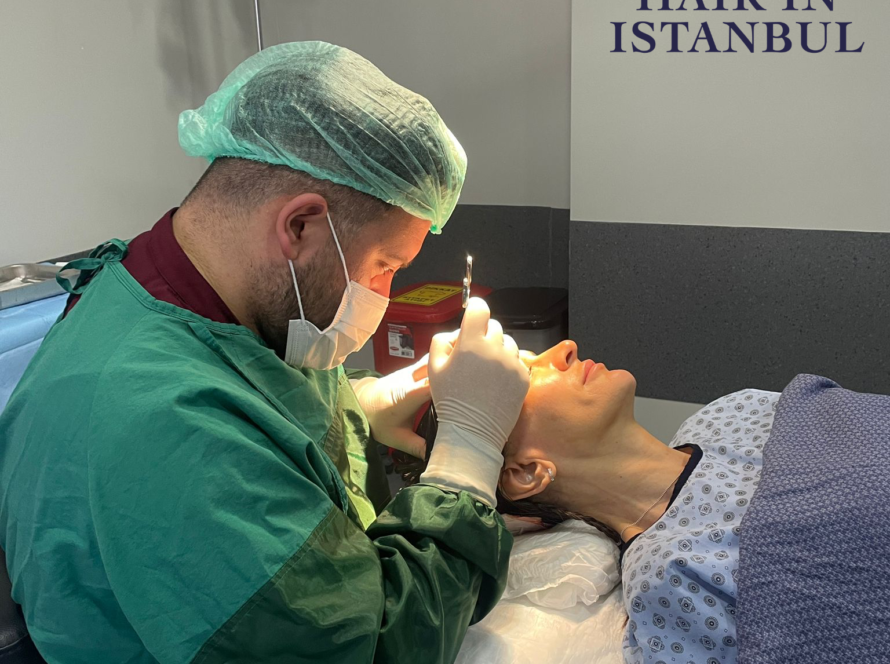Do you suffer from hair loss and are thinking about getting a hair transplant? In this blog post, we will explore everything you need to know about hair transplant procedures, from understanding the process to choosing the best method for your specific needs. We will also discuss how to evaluate your hair transplant options, so you can make an informed decision about restoring your hair and confidence. Whether you’re just starting to consider a hair transplant or are ready to move forward, this guide will provide valuable information to help you on your journey to a full head of hair.
Understanding Hair Transplant Procedures
When it comes to hair loss, many individuals turn to hair transplant procedures as a solution. However, it’s essential to understand the different types of hair transplant procedures available to make an informed decision. Hair transplant procedures can vary in techniques and methods, so it’s crucial to have a clear understanding of the options before undergoing the treatment.
One common type of hair transplant procedure is Follicular Unit Extraction (FUE), which involves extracting individual hair follicles from the donor area and implanting them into the recipient area. Another popular method is Follicular Unit Transplantation (FUT), which involves removing a strip of skin from the donor area and dissecting it into individual follicular units for transplantation.
It’s important to note that each hair transplant procedure comes with its own set of advantages and disadvantages. Understanding these differences can help individuals choose the best option for their specific needs and expectations. Consulting with a qualified hair transplant specialist is crucial in gaining a comprehensive understanding of the available procedures and making an informed decision.
Choosing The Best Hair Transplant Method
When it comes to tackling hair loss, one of the most popular and effective solutions is hair transplant surgery. With advancements in technology and medical techniques, there are now different hair transplant methods available for people to choose from. However, deciding on the best hair transplant method for your specific needs can be a daunting task. In this blog post, we will explore the different hair transplant methods and how to choose the best one for you.
One of the most commonly used hair transplant methods is Follicular Unit Transplantation (FUT). This method involves removing a strip of hair-bearing skin from the back of the scalp and then dissecting it into individual grafts for transplantation. FUT is known for its ability to yield a large number of grafts in a single session, making it a preferred choice for patients requiring extensive hair restoration.
Another popular hair transplant method is Follicular Unit Extraction (FUE). Unlike FUT, FUE involves harvesting individual hair follicles directly from the donor area using a small punch tool. This minimally invasive method leaves tiny, dot-like scars and allows for faster healing and minimal downtime. FUE is ideal for patients who prefer a less invasive procedure and want to wear their hair short after surgery.
Evaluating Your Hair Transplant Options
When considering hair transplant options, it’s important to take the time to thoroughly evaluate your choices. There are several factors to consider, such as the type of procedure, the experience of the surgeon, and the overall cost. By taking the time to evaluate your options, you can ensure that you make the best decision for your individual needs.
One of the first steps in evaluating your hair transplant options is to research the different types of procedures available. Follicular Unit Extraction (FUE) and Follicular Unit Transplantation (FUT) are the two primary hair transplant procedure types. FUE involves removing individual hair follicles from the donor area, while FUT involves removing a strip of tissue from the donor area and then dissecting it into individual follicular units.
Another important factor to consider when evaluating your hair transplant options is the experience and reputation of the surgeon. Seek a surgeon with a great deal of experience performing hair transplant surgeries and board certification. Additionally, take the time to read reviews and testimonials from previous patients, as this can provide valuable insight into the surgeon’s skill and expertise.




